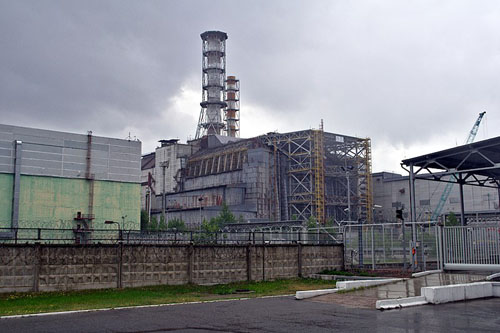by WorldTribune Staff, February 12, 2020
A black fungus which feeds on radiation was first found at Russia’s Chernobyl nuclear facility in 1991, five years after the nuclear reactor exploded. But scientists have now discovered the fungi’s unique properties could help protect humans from radiation, reports say.

According to a report by Express, NASA scientists are examining the fungi for its potential to produce a “sunscreen” which could protect astronauts in space.
“The fungi indicate that there could be places in the cosmos — which we are unaware of — where organisms could live in radiation-filled environments,” Christopher Carbone wrote for Fox News.
Researchers discovered that the fungi are not only impervious to the deadly radiation at Chernobyl, but seems to be attracted to it.
The fungi have a large amount of the pigment melanin — which is also found in the skin of humans.
The fungi are called Cryptococcus neoformans. Scientists first described it in the 1890s.
The fungi can be hazardous to humans if it gets into those with compromised immune systems, resulting in an infection known as cryptococcosis.
But it may also be beneficial for humans — particularly in space. The fungi contain high levels of melanin, a pigment that turns skin darker. That melanin absorbs radiation and turns it into chemical energy, similar to how plants turn carbon dioxide and chlorophyll into oxygen and glucose through photosynthesis, according to a study first published in 2007. This specific process, is dubbed radiosynthesis.
In Nov. 2019, scientists from Johns Hopkins University sent melanin derived from the fungus to the International Space Station. On the station, the melanin is being tested for its ability to protect against radiation in space.
“We know that space radiation is dangerous and that it damages matter,” Radamés J.B. Cordero, a researcher at Johns Hopkins Bloomberg School of Public Health and lead on the project, said in a release. “If you have a material that can act as a shield against radiation, it could not only protect people and structures in space but also have very real benefits for people here on Earth.”
Intelligence Brief __________ Replace The Media
